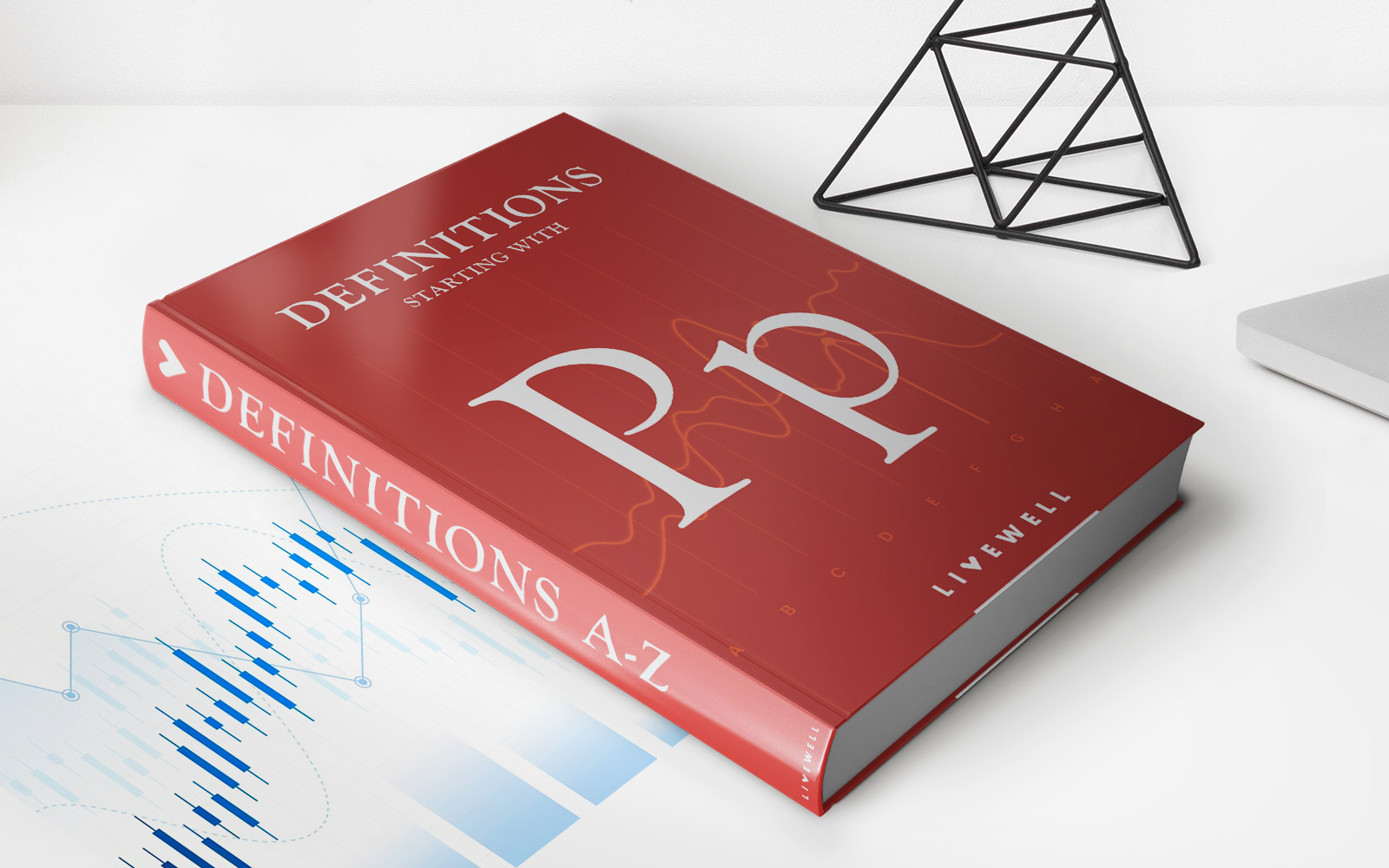Home>Finance>Dividends: Definition In Stocks And How Payments Work


Finance
Dividends: Definition In Stocks And How Payments Work
Published: November 13, 2023
Learn about dividends in finance: definition and how payments work in stocks. Discover the importance of dividends for investors and their impact on returns.
(Many of the links in this article redirect to a specific reviewed product. Your purchase of these products through affiliate links helps to generate commission for LiveWell, at no extra cost. Learn more)
Unlocking the Power of Dividends: Understanding the Definition and Payment Structure
When it comes to investing in stocks, there are various strategies that investors can employ to maximize their returns. One such strategy is dividend investing. But what exactly are dividends, and how do they work? In this article, we will dive into the world of dividends, exploring their definition and shedding light on the payment structure.
Key Takeaways:
- Dividends are cash payments made by companies to their shareholders as a distribution of profits.
- Investors can receive dividends in the form of cash, stock, or additional shares.
What are Dividends?
Dividends can be thought of as a reward that companies offer to their shareholders. When a company generates profits, it can choose to distribute a portion of those earnings to its shareholders in the form of dividends. These dividends are typically paid out on a regular basis, such as quarterly or annually.
How do Dividends Work?
Now that we understand what dividends are, let’s explore how they work. When a company declares a dividend, it sets a specific amount to be paid to each shareholder. The dividend payment is usually expressed as a per-share amount. For example, if a company declares a dividend of $1 per share and you own 100 shares, you would receive a dividend payment of $100.
Types of Dividends:
Dividends can be paid in different forms, depending on the company’s decision. The most common types of dividends include:
- Cash Dividends: This is the most traditional form of dividend, where investors receive cash directly into their brokerage accounts.
- Stock Dividends: Instead of cash, investors may receive additional shares of the company’s stock as a dividend. For example, if you own 100 shares and the company declares a 5% stock dividend, you would receive an additional 5 shares.
- Dividend Reinvestment Plans (DRIPs): Some companies offer DRIPs, which allow shareholders to automatically reinvest their dividends to purchase more shares of the company’s stock.
Benefits of Dividends:
Dividend investing offers several benefits to investors, including:
- Steady Income: Dividends can provide a reliable stream of income, especially for retirees or individuals looking for regular cash flow.
- Opportunity for Growth: Companies that consistently pay dividends often have solid financial footing and are more likely to experience growth in the long run.
- Tax Advantages: In some countries, dividends may be subject to lower tax rates than other forms of income, making dividend investing attractive from a tax perspective.
Risks and Considerations:
While dividends can be beneficial, it’s important to consider the risks and factors that can impact dividend payments. Some key considerations include:
- Company Financial Health: Companies experiencing financial difficulties may either reduce or eliminate dividend payments.
- Market Volatility: The stock market can be unpredictable, and the price of a dividend-paying stock may experience significant fluctuations.
- Diversification: It’s crucial to have a diversified investment portfolio to mitigate the risk of relying heavily on a few dividend-paying stocks.
In Conclusion:
Dividends represent an attractive opportunity for investors looking for income and long-term growth. By understanding the definition and payment structure of dividends, investors can make informed decisions and leverage this strategy to achieve their financial goals.
Remember, dividend investing is just one strategy among many, and it’s important to consider your individual financial situation and risk tolerance before making any investment decisions. Consult with a financial advisor or conduct thorough research before embarking on your dividend investing journey.














